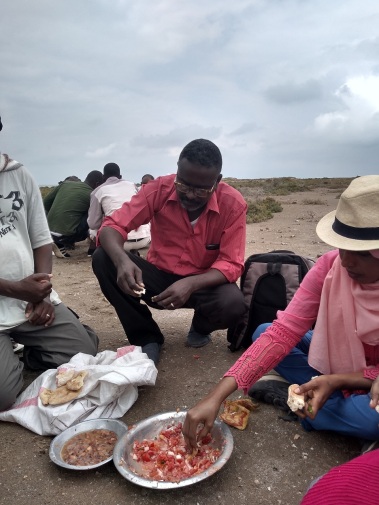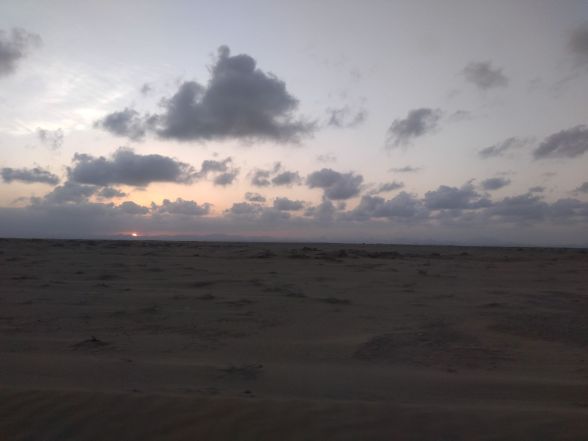We are, at least here in the UK, coming to the end of one of the strangest times most of us will have encountered. For me, it meant waking up, it seemed every day, in impossibly bright sunshine, ahead a day with those I hold dearest within four walls, yet no prospect of seeing anyone else. Four people organising their work day over breakfast with seemingly endless berries from the yard (that sunshine!) and fortunate enough to have two professional laptops plus one.
The feeling of ease and comfort when it started is difficult to describe: it seemed that all was as it should be. We were all under the same roof! We were fortunate to be able to work at home! There were no complicated logistics to try and remember who should be where when! This was peace.
The world outside was very complicated, though. Everyone we knew, on three continents, was scared and following instructions. We were scared. Locally, shopping was a game of chance and we exchanged news of where specific goods might be found. Flour was very difficult to get. It felt like we were all under emergency measures.
I worked on easy boring jobs: checking bibliographies, footnotes. They were all useful, some long postponed, necessary and well suited to the time: I couldn’t concentrate much.
I feel like I was in shock. My existence is normally structured by meeting new people, travel, new ideas… It all came to an abrupt end. We knew it was coming I guess, but then it came very fast: a morning to collect books, files and all that we might need. This was Wednesday 18 March. There are dozens of colleagues and students whom I last saw that morning, and everybody was stockpiling books or hunched over the photocopier. I didn’t really realise that 100 days on I still would not have seen them.























































